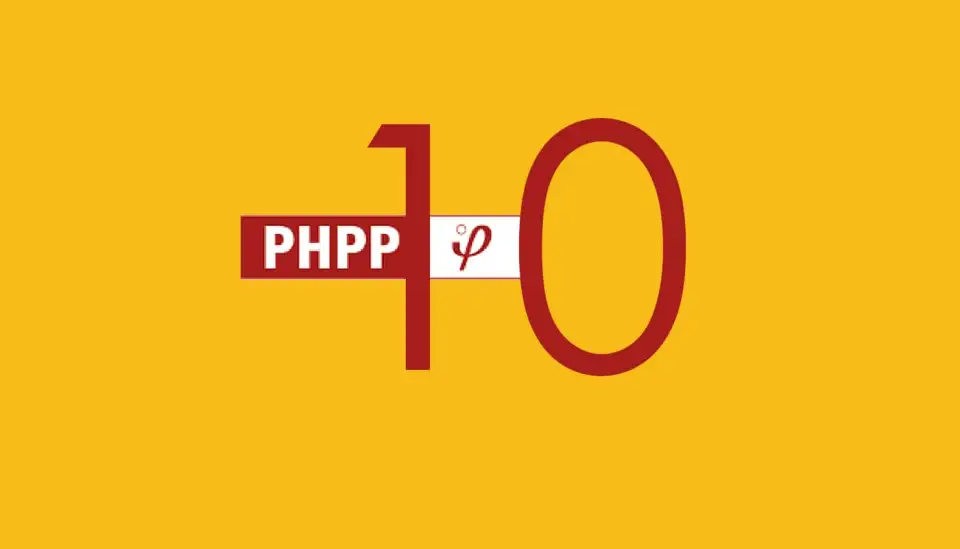
PHPP10, the most recent version of the Passive House Institute’s energy modeling software, has been out in German since 2021 and in English since February 2022 for those who work in metric units. This version features several useful updates, as well as new looks on some familiar sheets. Now, the wait is almost over for PHPP10 in Imperial units, giving U.S. practitioners the opportunity to enjoy its many improvements. Its release is scheduled for the beginning of 2023, once its final testing phase has been completed.
Prime among these benefits is the integrated summer overheating stress test, enabling a practitioner to easily understand a building’s likelihood and risk of overheating under a range of operating conditions. As temperatures rise across the globe, summer comfort and resiliency have become increasingly important measures of an efficient building. In this newest PHPP version, the impact of user behaviors that affect summertime comfort—increasing air exchange from opening windows or activating temporary shading, for example—is used to ascertain how a building’s risk of overheating changes, with and without those behaviors. The summer stress test also looks at the impact of extreme summers, which are increasingly likely to occur. Armed with this risk analysis that the new stress test serves up, designers will be well equipped to explore design improvements that could minimize summer overheating risks.
In a fundamental improvement for those in the Southern Hemisphere, PHPP10 includes an adjustment for buildings south of the equator. “Time-consuming and error-prone mirroring of the building about the equator is no longer needed,” notes Jason Quinn, founder of Sustainable Engineering, Ltd. in Wellington, New Zealand. This modification makes modeling and using PHPP as a design tool a lot more intuitive and faster.
Quinn also notes that changes to the ground sheet have increased the accuracy of modeling buildings located in temperate climates, especially for those with lightly insulated slabs, which impacts the heating and cooling demand calculations. “The more accurate ground methodology and not shifting the seasons to account for the northern/southern hemisphere will increase heating demand for the same design, compared to the old way of figuring it, by about 0.8 kWh/m2/year for our temperate climates and lightweight constructions,” he says, pointing out it’s not an insignificant change.
Arthur Lee, CPHC and architectural designer with another New Zealand-based firm, Respond Architects, says that he has found the new Overview sheet to be a useful tool for communicating with clients. The sheet can automatically generate charts displaying a building’s final primary energy renewable (PER) demand, operational carbon, and household electricity use, among other values. Another of his favorite updates is the revised window input sheet, which now can model more complicated windows as one window, including those with fixed and operable sections, because it allows for the input of data on mullions and transoms. “It’s a great improvement that we have been waiting for,” says Lee, who also described it as a lifesaver for an energy modeler.
Yet another new feature is a worksheet, MONI, that facilitates comparing the calculated energy data with actual energy use in order to better understand a building’s performance relative to the expected targets. Acknowledging that actual performance may vary if occupants and weather don’t behave exactly in line with the modeled inputs, MONI allows a user to record any changes to such boundary conditions as weather data or room temperatures that may shift the building’s ultimate energy use.
Need a reminder of concepts explored on your way to the perfect Passive House? PHPP10 comes with another new tool, the Record worksheet, which can be used to trace changes made during a planning process and how they impacted efficiency targets.
In short, PHPP10 has a host of welcome improvements to smooth the certification process and tempt even finicky practitioners.